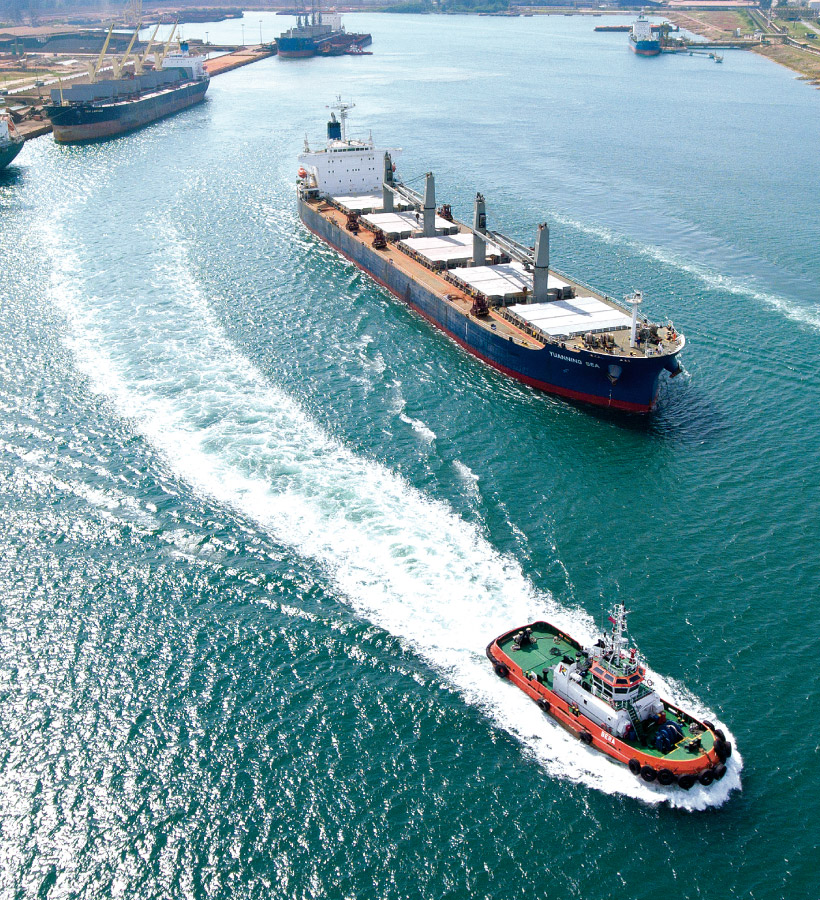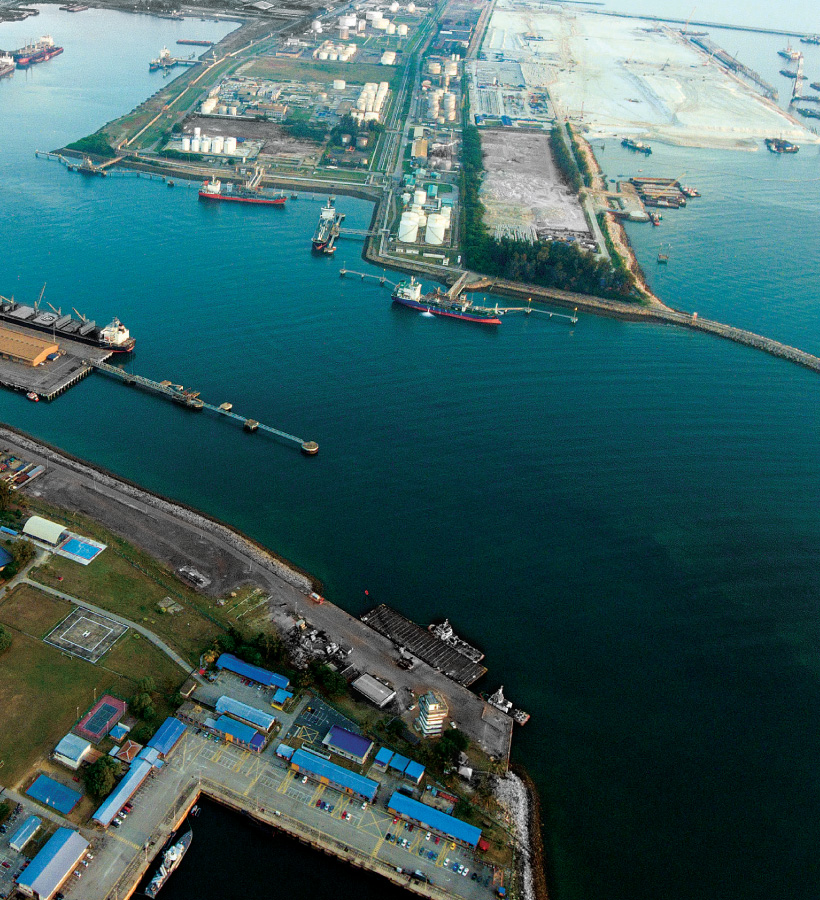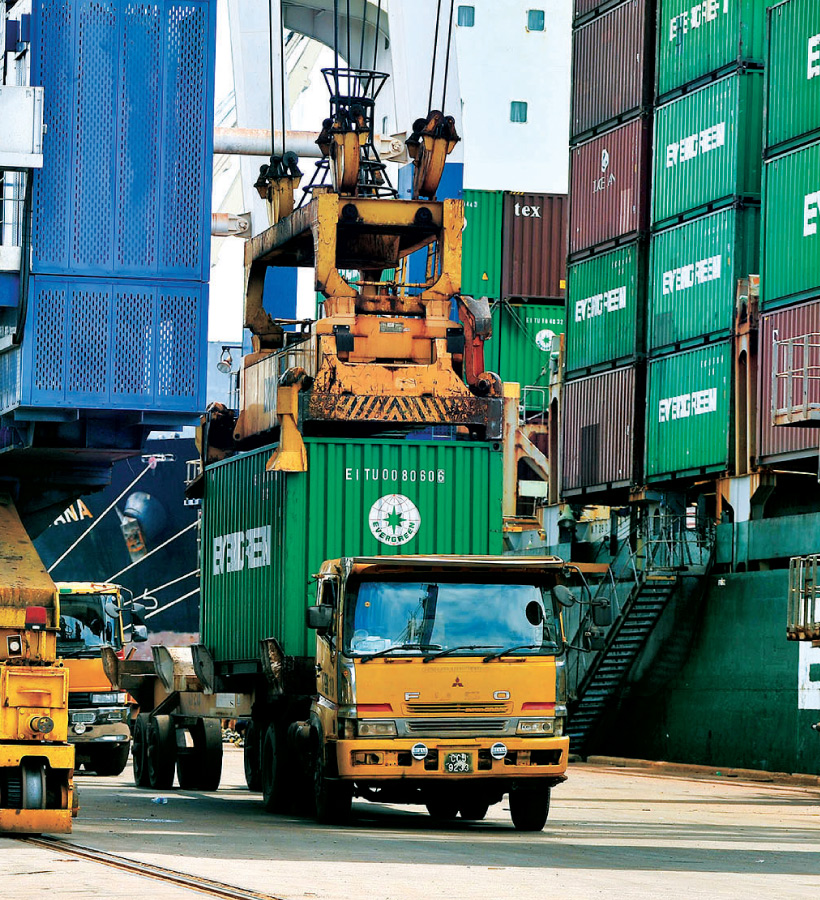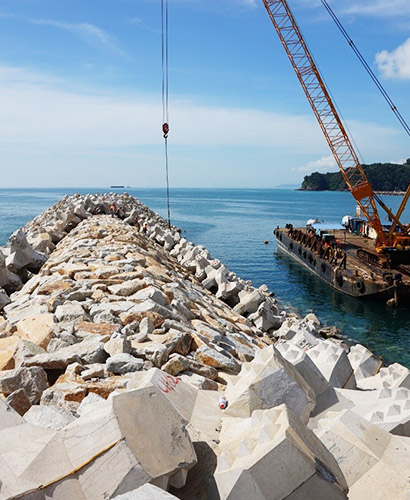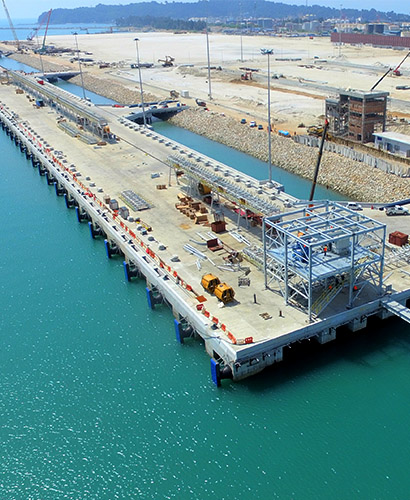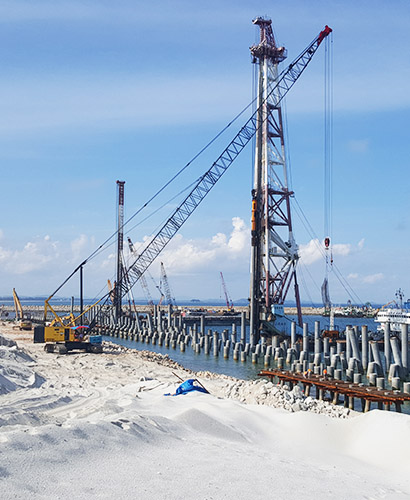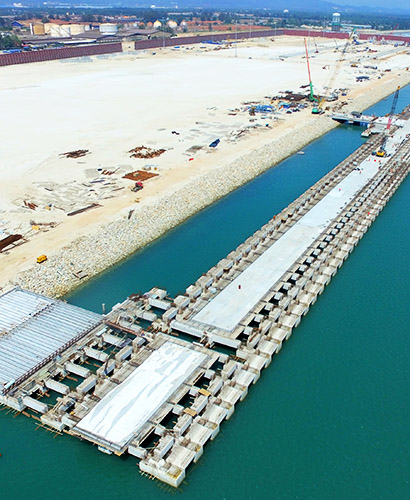PORT
At the heart of global trade and industrial activity, stands Kuantan Port – a deep-water, all-weather, multi-cargo seaport operating all year round facing the South China Sea
The key to world trade
Kuantan Port is managed by Kuantan Port Consortium Sdn Bhd (KPC) which is jointly owned by IJM Corporation Berhad and Beibu Gulf Holding (Hong Kong) Co. Ltd. It is a deep water, all-weather, multi-cargo seaport that stands at the heart of global trade and industrial activity.

Malaysia-China Kuantan Industrial Park
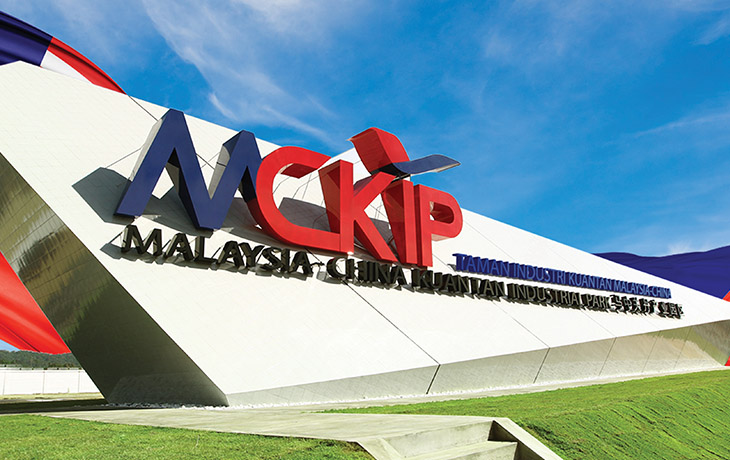
A flagship investment project
Symbolising the strength in Malaysia-China bilateral trade relations is the Malaysia-China Kuantan Industrial Park (MCKIP) – the first national industrial park developed by both countries and is the sister park to the China-Malaysia Qinzhou Industrial Park under the ‘Two Countries Twin Parks’ initiative.
Targeting companies that produce high value-added products, undertake R&D and provide technology transfer, MCKIP aims to attract industry clusters in steel and non-ferrous metals, machinery & equipment manufacturing, automotive components, clean technology & renewable energy, oil & gas and petrochemical and electric and electronic components.
Kuantan Port’s growth potential lies in MCKIP’s investors who need a deepwater port to import raw materials and export finished goods. The growth of industries in MCKIP is vital to the long-term success of Kuantan Port. The synergy between MCKIP, as an industrial hub and Kuantan Port as an integrated logistics platform, provides a competitive edge that will create trade and investment opportunities to Malaysia, China and the Asia Pacific.

